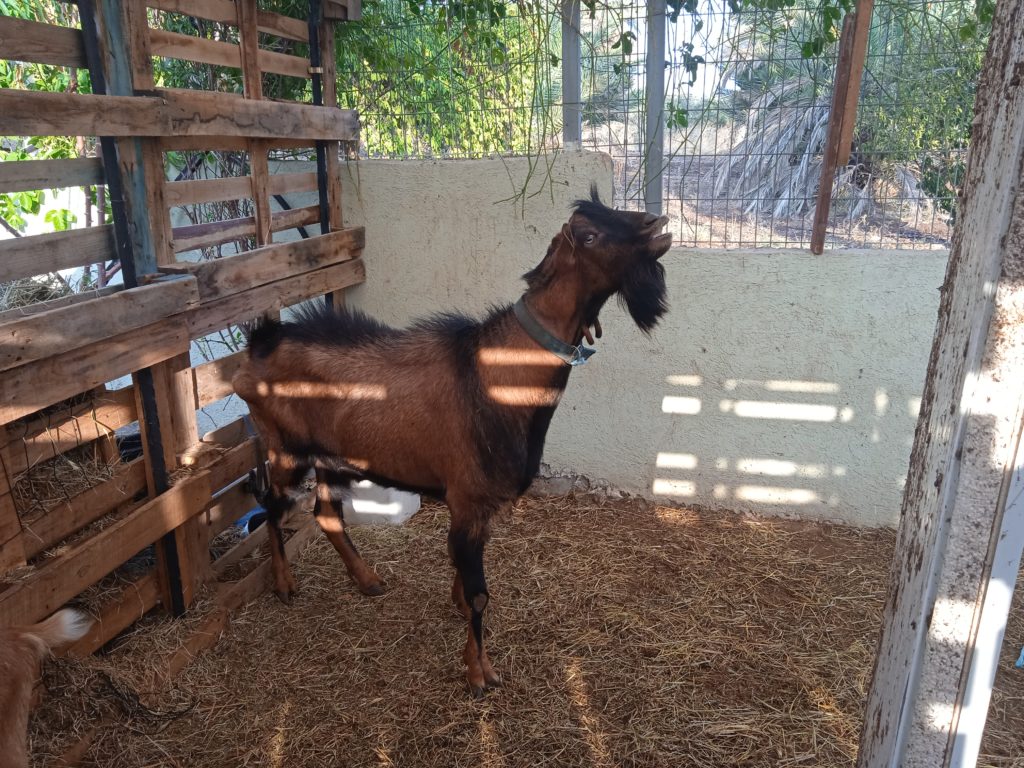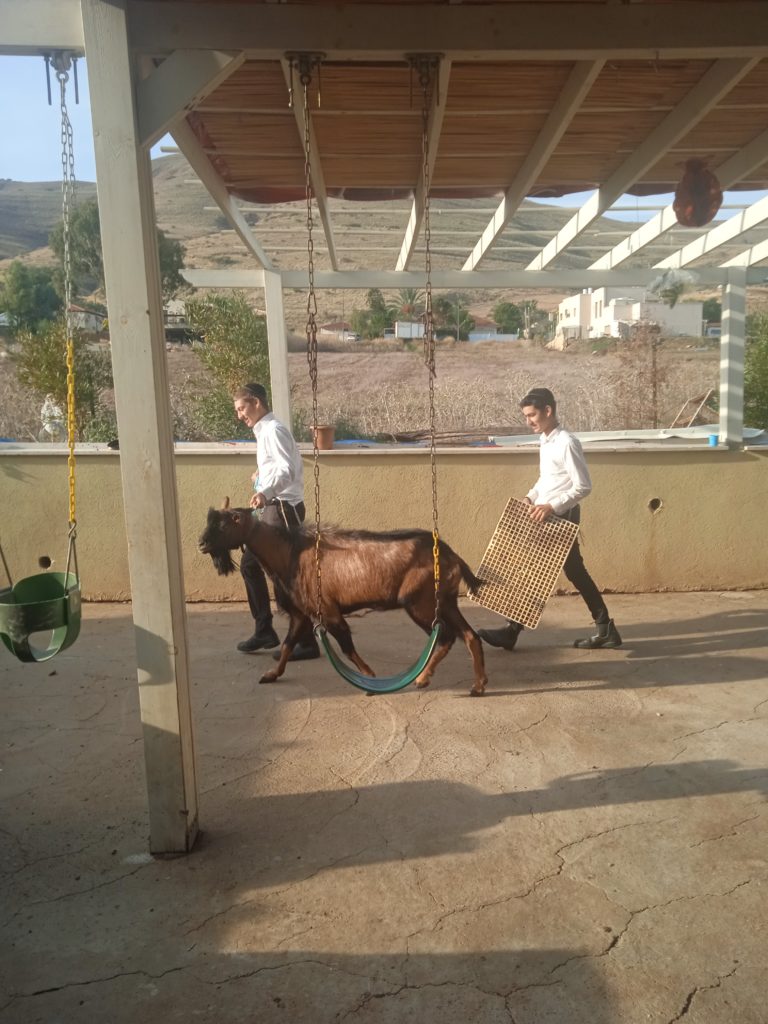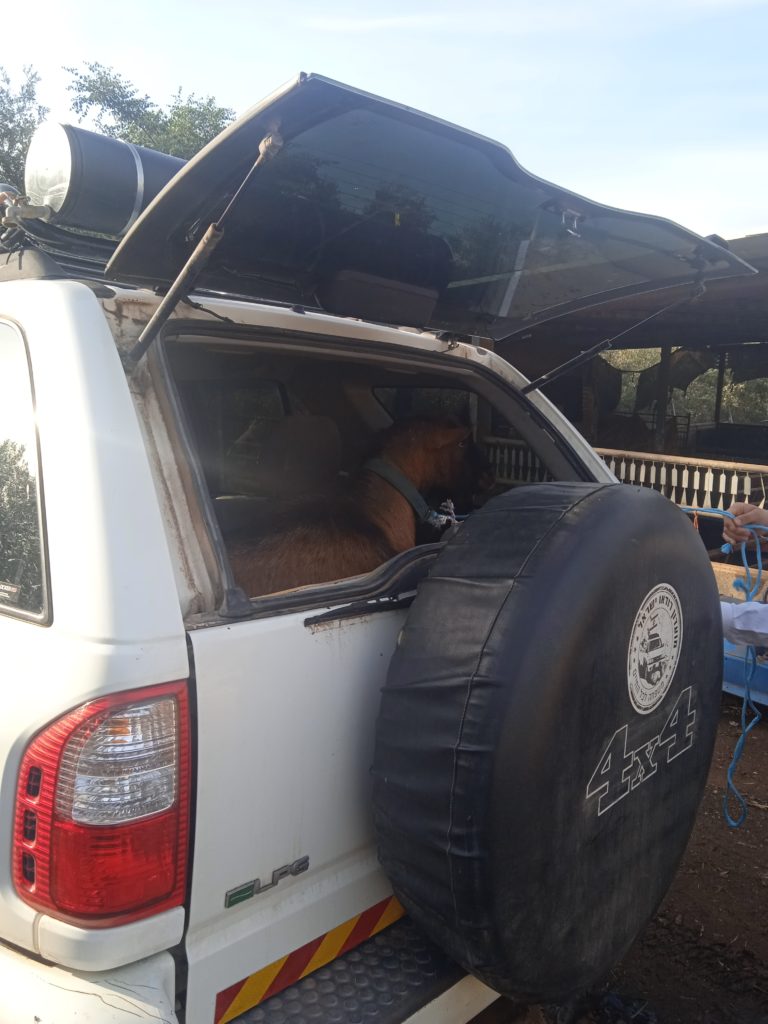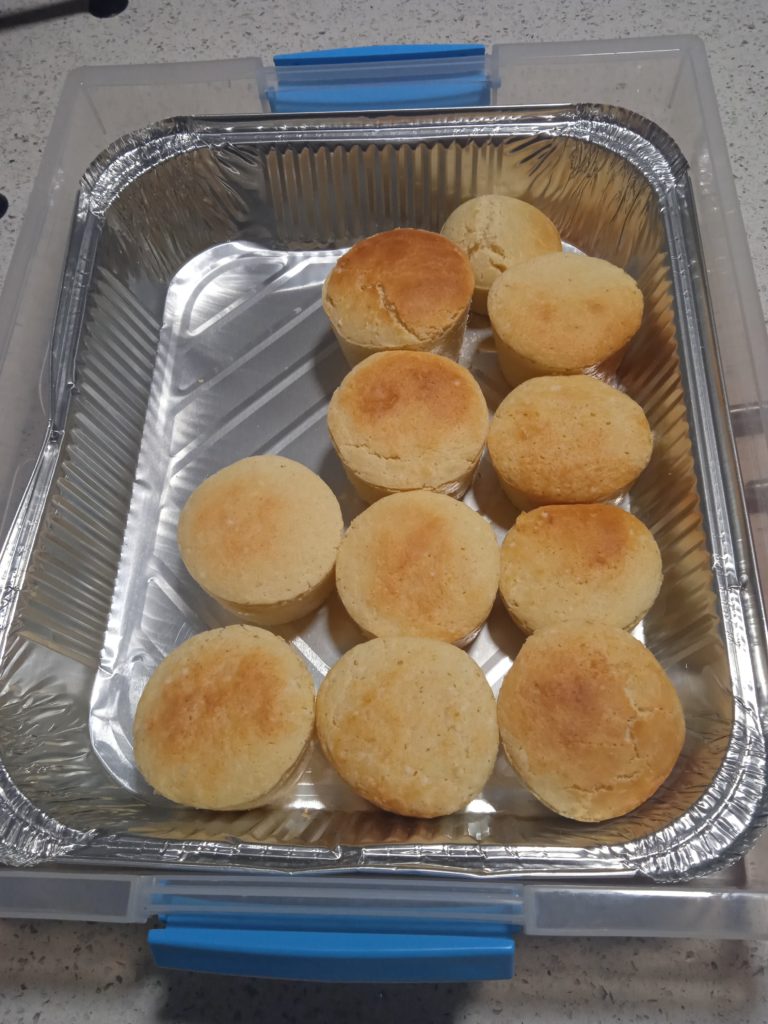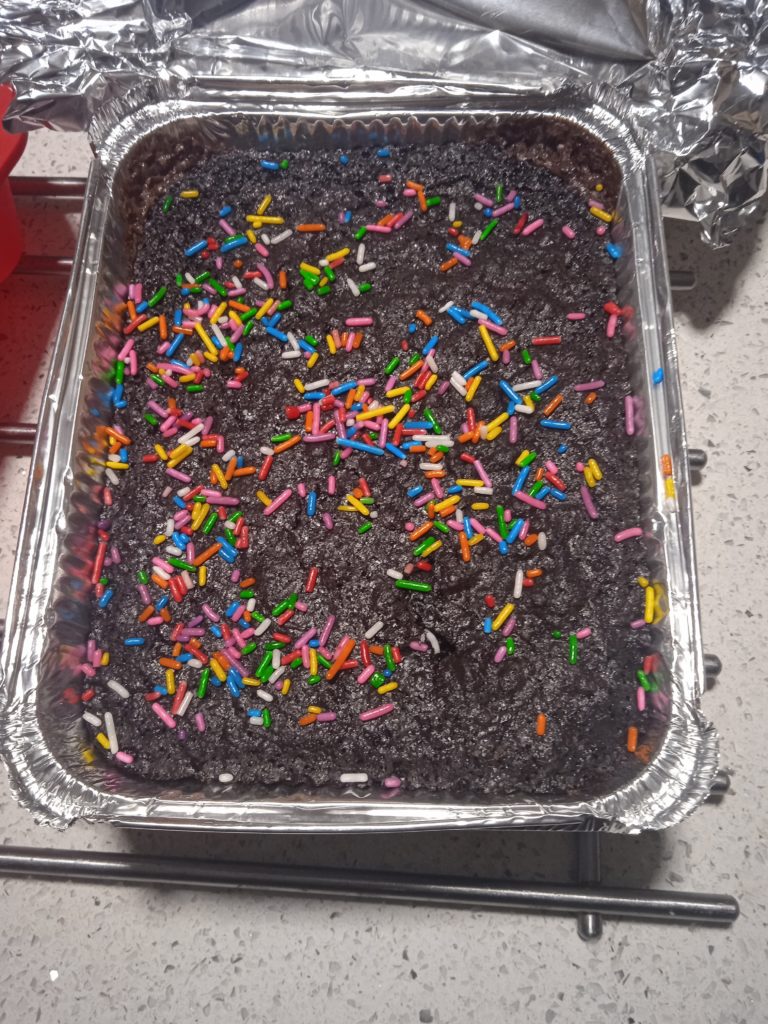My husband was hired by a startup in Tel Aviv a year ago. A month after he was hired, a number of people were let go and they closed down one of the two floors they had rented in a large building.
A couple of weeks ago, thirty percent of his coworkers were let go. My husband went in for the special meeting held with the remaining employees to explain what is happening.
The chief financial officer of my husband’s company was one of the first in the Israeli tech space to be interviewed and talk publicly about the assumption there will be an economic recession over a year ago. He now explained that investment money used to go to start ups that were spending money hand over fist. No one wanted a company on a budget; they wanted to see growth.
Now the investment money is looking for companies that are lean, in order to get through the financial dip that is expected. He explained that they are making these cuts in advance, to prepare for what is coming with the hope that the company can make it through. They also have shut down their large spacious offices and are moving into a smaller space. He said that most companies still don’t see what’s on the horizon, they aren’t changing their spending or projections and a lot of them aren’t going to make it.
I was paying attention to what he said a year ago, and I’m paying attention now. Sometimes you don’t want to hear something negative like this, because it makes you feel anxious and worried about what your own future holds. But I try to move beyond my tendency to be avoidant of what I don’t want to hear, and learn from it.
If the chief financial officer is taking steps to buffer the company for an economic downturn by turning to frugal strategies, it seems prudent for us to take steps to buffer our families by doing the same.
Obviously I’d prefer to think we’ll be minimally affected by the economic bumps that are anticipated. Don’t we all?
As uncomfortable as it was to consider, my husband and I had a discussion about what would happen if we were to experience job loss. We decided that it would be prudent to scale our expenses down now. The intention is twofold: to create more savings, and to know that we could live on less if we needed to. It’s much easier and less stressful to do this as a response to a proactive and thoughtful decision than to suddenly and reactively need to cut expenses from a place of deprivation.
Though my husband has been managing the finances for many years, a few months ago we agreed that it’s time for me as the frugality ninja to step up to the helm since I enjoy rather than tolerate the minutiae of money management, and taking the above steps means looking closely at all outgoing money.
It’s taken a lot of time but I’ve been enjoying this purposeful and focused work, and have been gratified by the progress we’re making. Some of my efforts have been on cutting expenses, while sometimes it means spending more money now, so we won’t have to spend it later (eg replacing our old energy guzzler freezer with an energy efficient chest model).
We don’t have any debt other than our mortgage, as I’ve consistently stuck to my hard and fast rule of not spending money that I don’t have. This includes making five weddings in five years. If I did have debt, I would be focusing on getting it paid off.
Here are some steps we’ve taken:
- cut expenses in different spending categories
- looked for ways to increase income
- increased our savings rate
- paid down a chunk of our mortgage
- refinanced our mortgage to a set rate
- took care of non-urgent repairs on our vehicles rather than delay to when they become necessary
- withdrew pension funds (a recession would affect the stock market) and reinvested the money
- been generous with charitable giving while we have the ability to do so
Rather than being negative or alarming to think about, considering less cheerful possibilities has helped us make choices that have led us to feel more empowered and relaxed.
Expenses (energy, food, gas) are expected to continue to rise in the coming year – some financial experts say that they’re going to rise significantly. Increased job loss is also being predicted.
I don’t know if that’s what will happen. But I do know that if it does, the combination of rising costs and decreased income isn’t a good match for a relaxed home. I’m sharing some of what we’re doing to proactively buffer our family with you in the hope it will inspire you to take actions that will likewise empower your family.
If you’re already taking actions of this sort, I and other readers would love to hear about it! Please share in the comments. 🙂
Avivah
